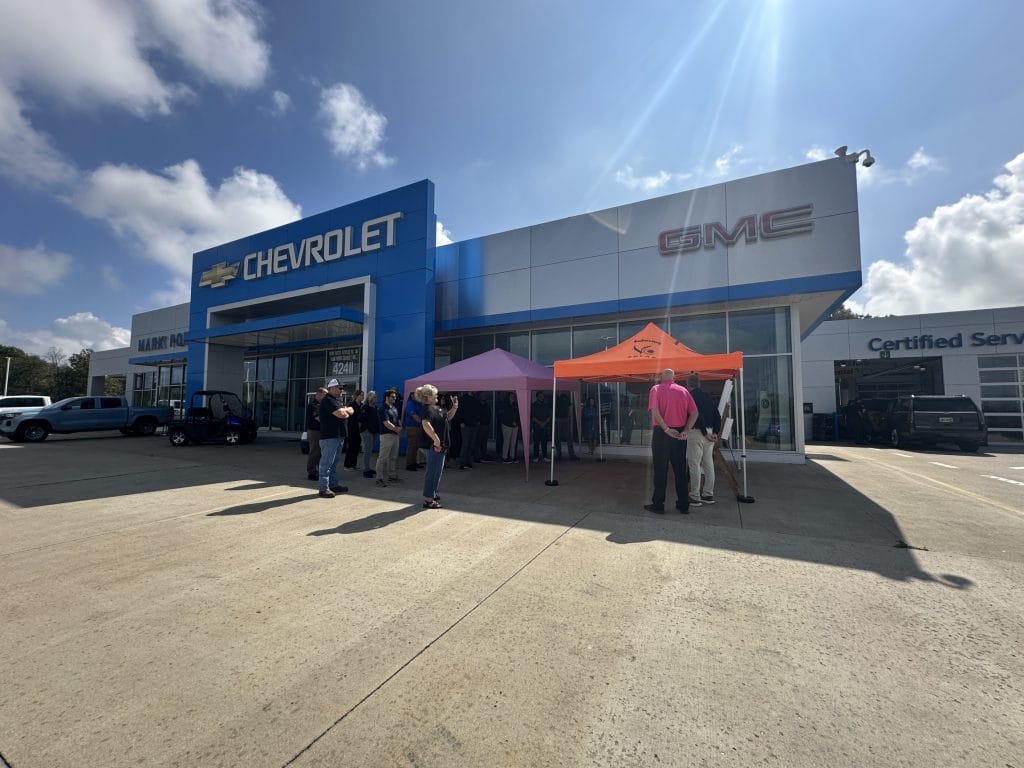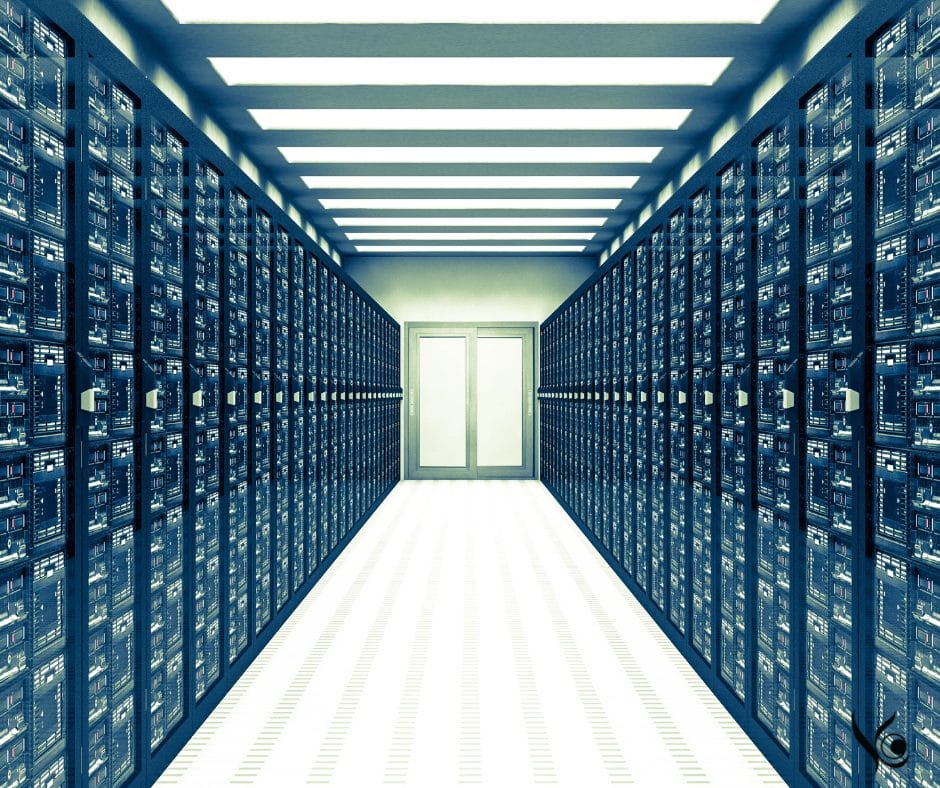We have experience with installing both micro-inverter systems as well as centralized inverters systems and can help to accommodate what is best for your renewable energy and project goals. One obvious diffidence between micro-inverters in comparison to centralized inverters is an increase in price to install micro-inverters.
Some pros for micro-inverters:
- ad hoc expandability
- optimal performance under shaded conditions
Micro-inverters can, in theory, allow for easier incremental expansion of a solar array. But there are still the costs associated with mobilizing the crew and the question of racking. Do we build the whole rack now, or built the racking out in phases as well? Depending on the roof, this could be a limiting factor. Also, you can’t just keep adding micro-inverters forever. Even micro-inverters have limitations on how many can be connected together. If we install close to that limit today, then you’ll still be limited in future.
Some cons for micro-inverters:
- They are installed on the roof under the solar panels where high heat could reduce their life, whereas central inverters are installed elsewhere, and have a documented history of reliable performance
- Using micro-inverters increases the number of inverters for potential service repairs
- Currently, micro-inverters cost more.
Micro inverters can also create more potential future maintenance risk. With a central inverter, you have a single point of failure; with micro-inverters, you have many points of failure.
In our opinion, micro-inverters are not worth using if you have a large, simple roof, without much shading. However, micro-inverters can be worth the added cost if you have a complex roof, where the modules will have multiple orientations, or complex shading patterns.
Most important to remember is that micro-inverters are still new technology and have not been proven enough yet to wear their “25 year warranty” with any kind of credibility.







